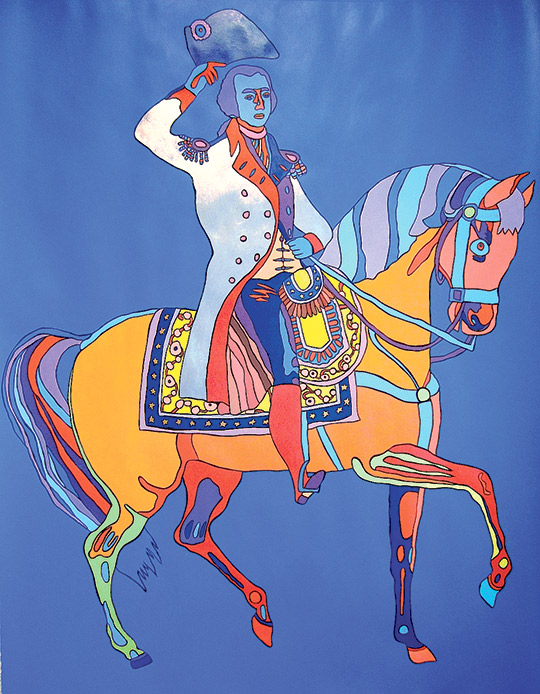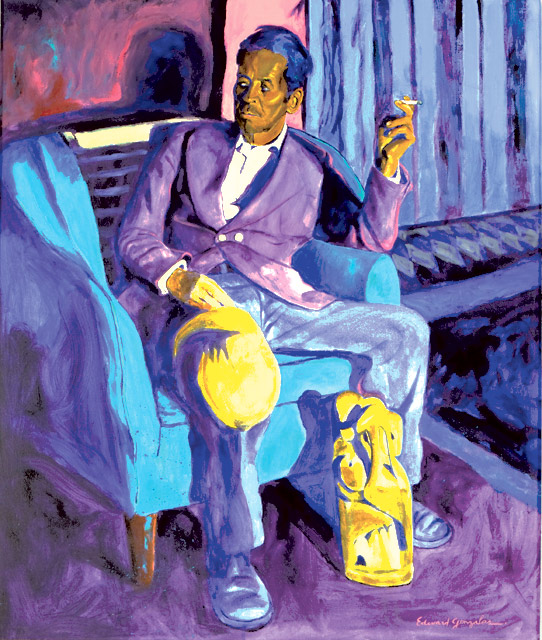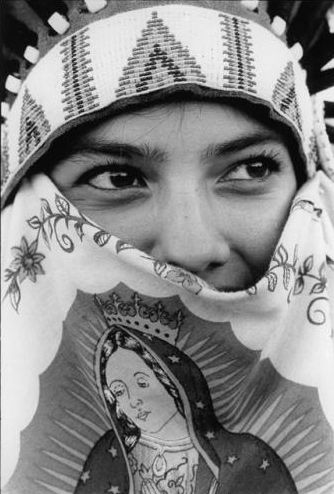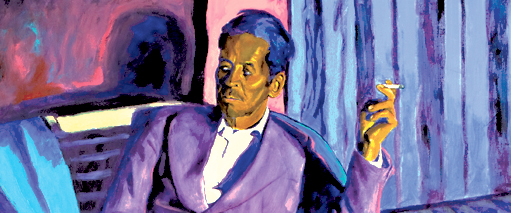Culture Shock: More Than White Men On Horses
El Retrato Nuevomexicano Ahora Explores The Many Contexts Of Portraiture


Commemorative Portrait of Patrocinio Barela
Edward Gonzales

Guadalupana del Alma, New Mexico
Miguel Gandert









